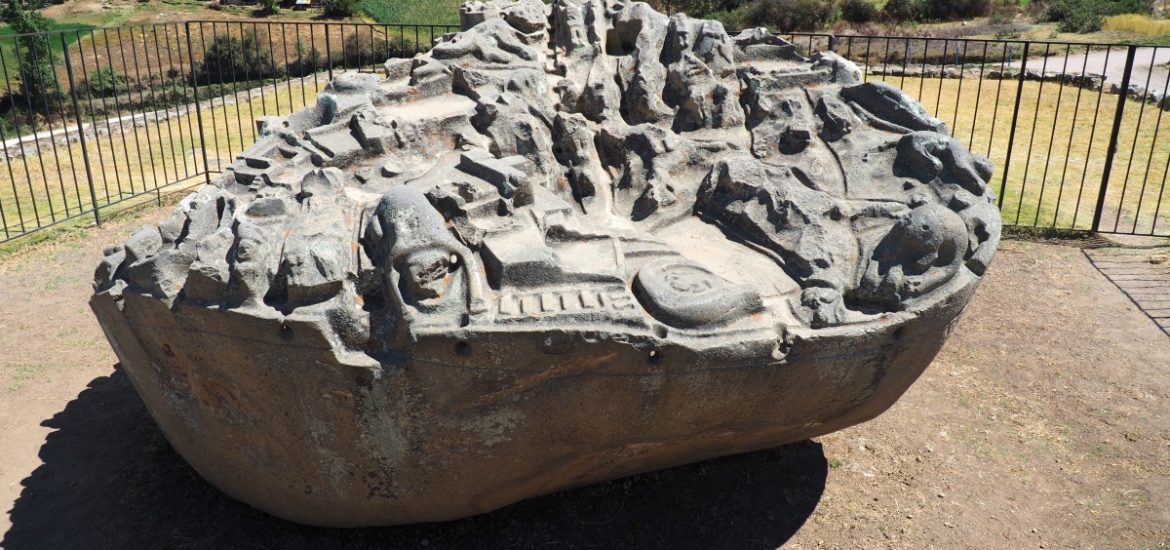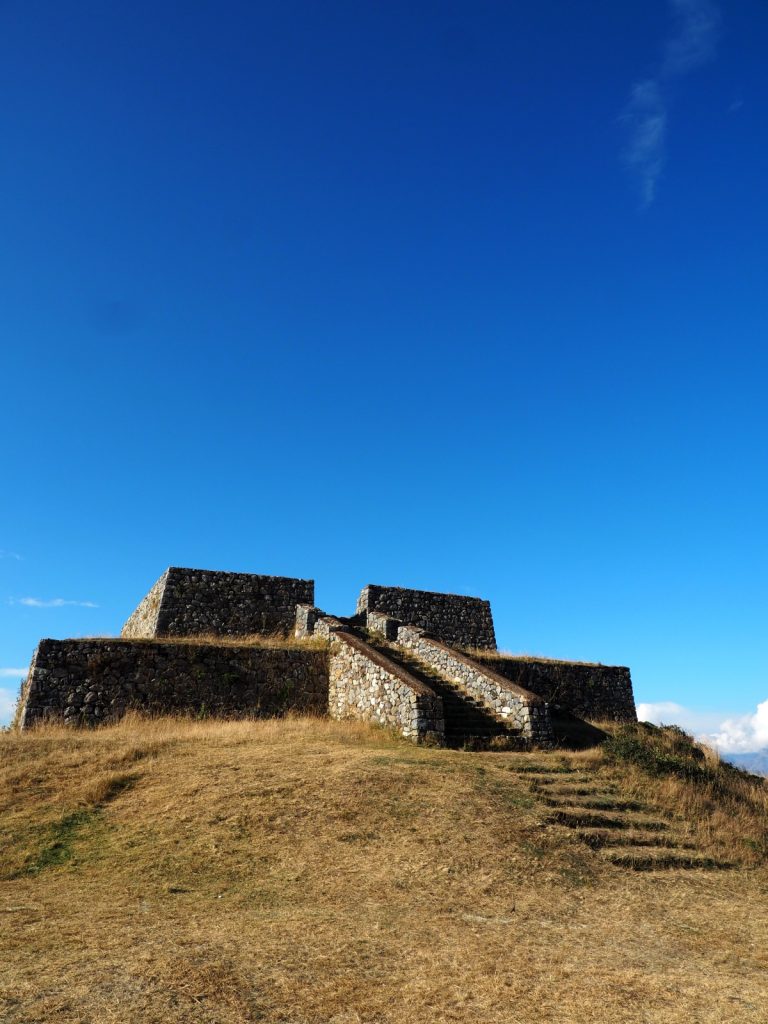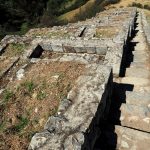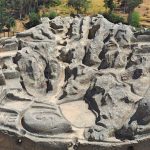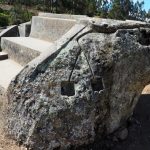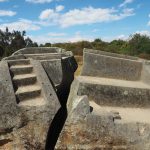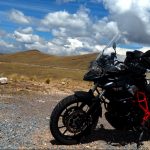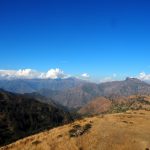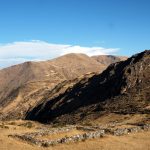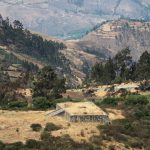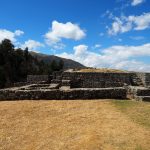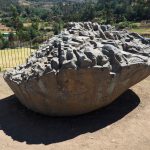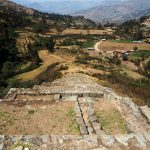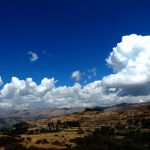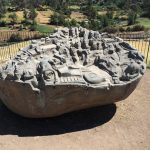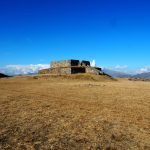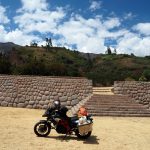Back on the road after a day in Cusco I was heading towards a town called Andahuaylas. The day was just perfect for riding my bike… the sun was shining bright high up in the blue sky and from time to time a white cloud would pass by to say gently hello.
Since I was not really planning to do anything else but enjoying the landscape on my way, I discovered only by chance several archeological sights which made perfect stops along the (main) destination.
It seems history is everywhere in this country and one sight is more impressive than the other.
The first stop on my way was Tarawasi, an impressively built Inka sight with an exceptional polygonal retaining wall, noteworthy for its 28 human-sized niches. I only found out later through lonely planet that the ruins were a former ceremonial center, as well as a resting place for the Inca chasquis (Inca runners who delivered messages over long distances). The wall below demonstrated a perfect work of interlocking stones… amazing.
When continuing my way I got overwhelmed by the incredible landscape of Peru while crossing a canyon with unbelievable beautiful mountains in the background. During my whole trip of the day I was passing several mountain passes with more than 4’000 – 5’000 m of altitude, making the ride a true rollercoaster with temperature drops from 30 to 7 degrees. Freezing and sweating was never so close together, making the choice of clothes a fortune wheel.
Meanwhile, I knew what my Turkish friend Ersin meant, when saying it was exhausting to master the Andes with a bicycle and I would certainly not recommend anyone this challenge but masochists, lol.
The second stop was at the archeological complex of Sayhuite which was the most impressive. Instead of perfectly shaped walls I discovered stones with really weird carvings. It turned out that those stones are another mystery of the Inkas.
The main attraction amongst others is a huge granite stone called Sayhuite stone which is carved on top with numerous mysterious figures, possibly representing flora, fauna and urban life during the Inca Empire. One theory says the Inca built it for demonstrating water irrigation flows. True? Who knows…
A mystery remains how the Incas were able to carve out the stone since their tools were rather limited in order to cut such a hard material as granite.
Other stones, called Rumi Huasi, which were laying further down the hill were showing even more interesting carvings, amongst others rectangle shapes which still remains a mystery today. Same shapes were found on top of the pyramid of Giza in Egypt. Coincidence?
I was highly fascinated by everything and had to touch every stone to make myself part of the history. Those mysterious stones were made by a distinct civilisation and I was there, touching them to proof they are for real. It was unbelievable exciting…
The third sighting was a sort of temple hidden after approximately one km dirt road on a plateau of one of the highest mountains in the region. Unfortunately, I did not find any information about it but it was just breathtaking…
What another mind-blowing day in South America. I constantly had to tell myself how lucky I was to experience all of this. WOW!
